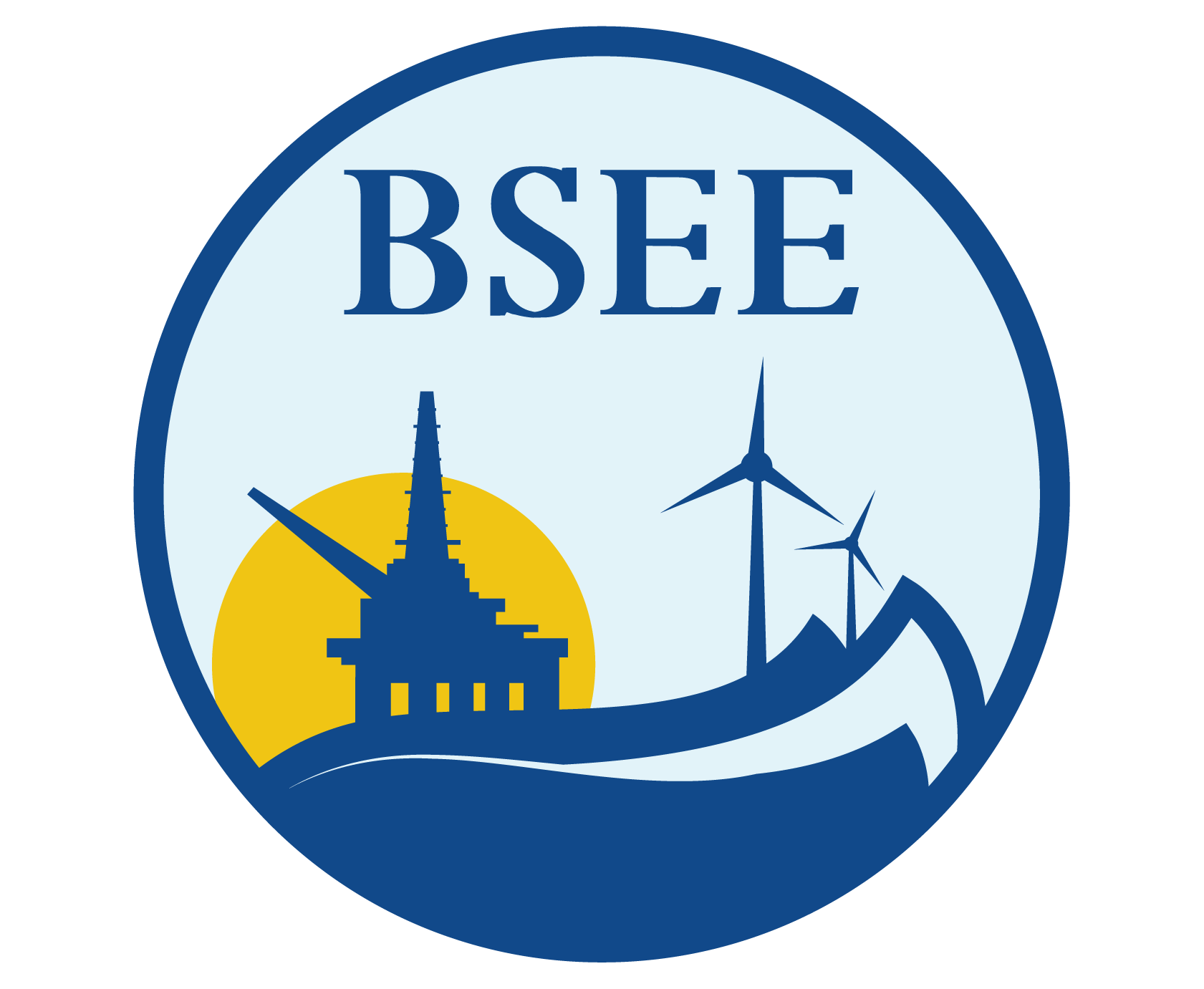Risk Assessment for Dry Tree Tieback Alternatives Study
This project evaluates the risk costs of three alternative design concepts for a deepwater Dry Tree Tieback well systems (well systems that extend the wellbore to a Christmas tree located on the production vessel (TLP, Spar)). The three design analyzed are:
1) dual casing riser;
2) single casing riser; and
3) tubing riser.
